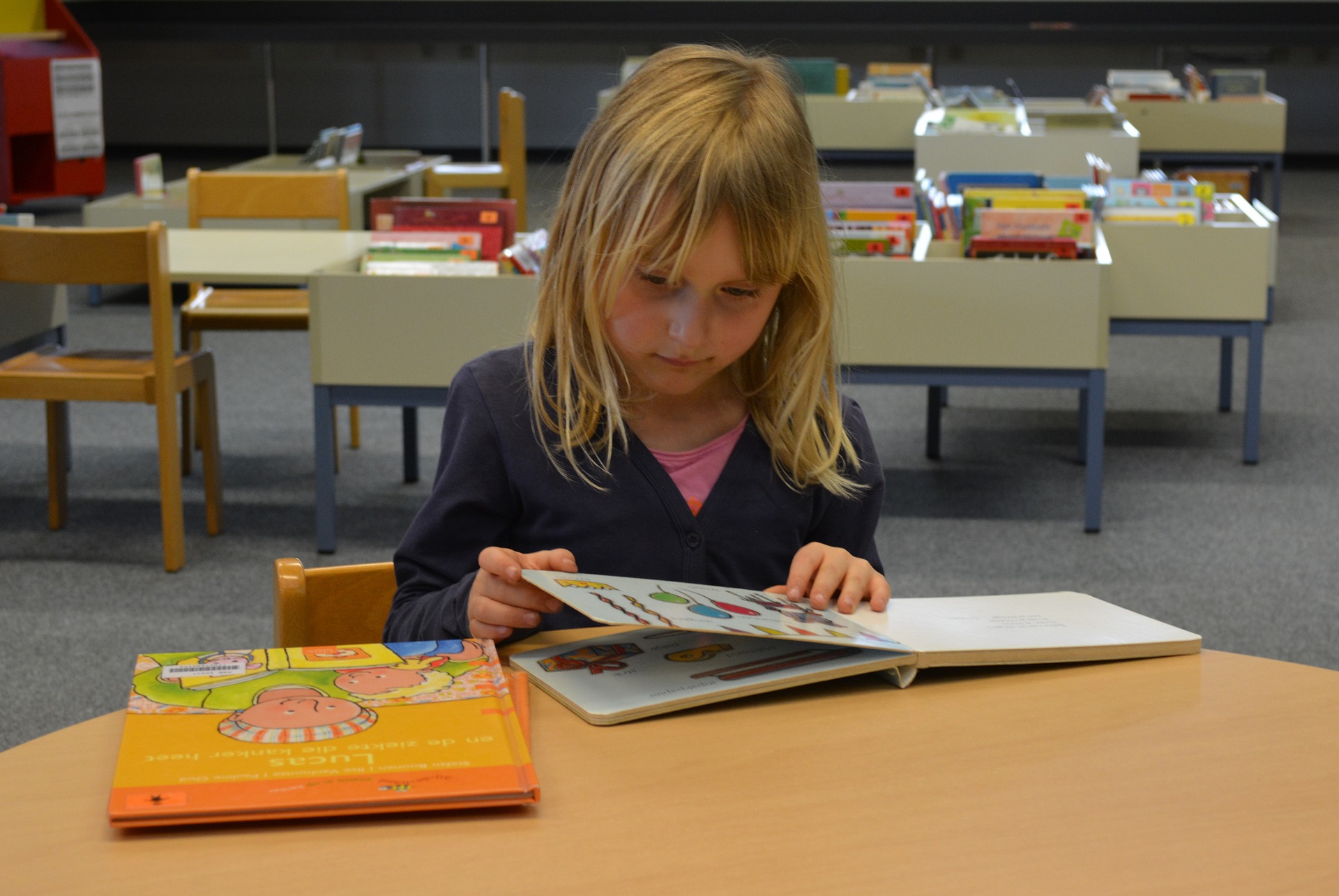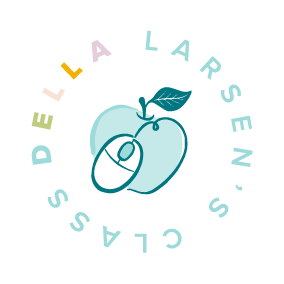
Whether you call them sight words, trick words or high-frequency words, if you want your kids to be fluent readers they need to know the words that don’t follow the rules.
It’s crucial that our students have a library of words they know.
If you look closely at the leveled texts that our primary students are reading, you will see the same sight words show up over and over and over. The goal is to have our students know these words so they can read with automaticity. If they stop and struggle at sight words they start to lose fluency and comprehension. It’s crucial that they have a library of words they know.

So how do we teach sight words to beginning readers?
When you are thinking about teaching sight words it’s helpful to think like you would with any other word. Use graphophonemic analysis so what does that even mean? Graphic Phonemic Knowledge is the recognition of letters and the understanding of sound-symbol relationships and spelling patterns. In simple terms think of it as phonics. We often think that we need to teach sight words in isolation. That they make no sense at all and we just need our students to memorize them. Though that may ring true for some, there are clues in the words to help decode the sight word. Think of the word “and” or “then” there are some clues we can point out to help our students learn these words. We desperately want our students to know that reading makes sense. They are tricky words but they are still attainable.
Tips for teaching sight words
#1 Group words into similar patterns.
Your students are going to need to know some very basic pre-primer words( I, see, a, the) these words are in basically every beginning text. But once your students have these basic pre-primers you can start to teach words with similar patterns For example; {at, an, can, and, had, has, as, that, than} would be much easier to read if you taught them together. Your students can use what they know about one word to help decipher the other words.
#2 Teach the words in sentences not in isolation.
When I started teaching I had word work and literacy centers where my students were building sight words. But it wasn’t in context. The words were in isolation. The students worked at the table with laminated cards building sight words. A much more powerful center has meaning attached to it. “I see the dog” has more meaning than just the word “see”. Always give the word in a sentence to build meaning.
#3 Use scaffolds to increase fluency comprehension
How can you provide that sentence at a center? The best tool I have found to help students learn sight words has been Boom Cards. Boom cards provide sound and video – talk about bringing meaning into the center. No more guessing what the students are actually learning at the center.
Learning to read sight words is a critical step in becoming a fluent, confident reader. Making learning sight words fun is a gift we can give our students. By using technology, we can reach every child every day.
You deserve a way to use technology without having to be a computer scientist. Boom Learning has given us a simple easy to use platform. You can have your class set up and ready in about 10 minutes. You can learn how to set up your class on Boom here.
Try tech today you will thank yourself tomorrow. Shop all my sight word Boom Cards






